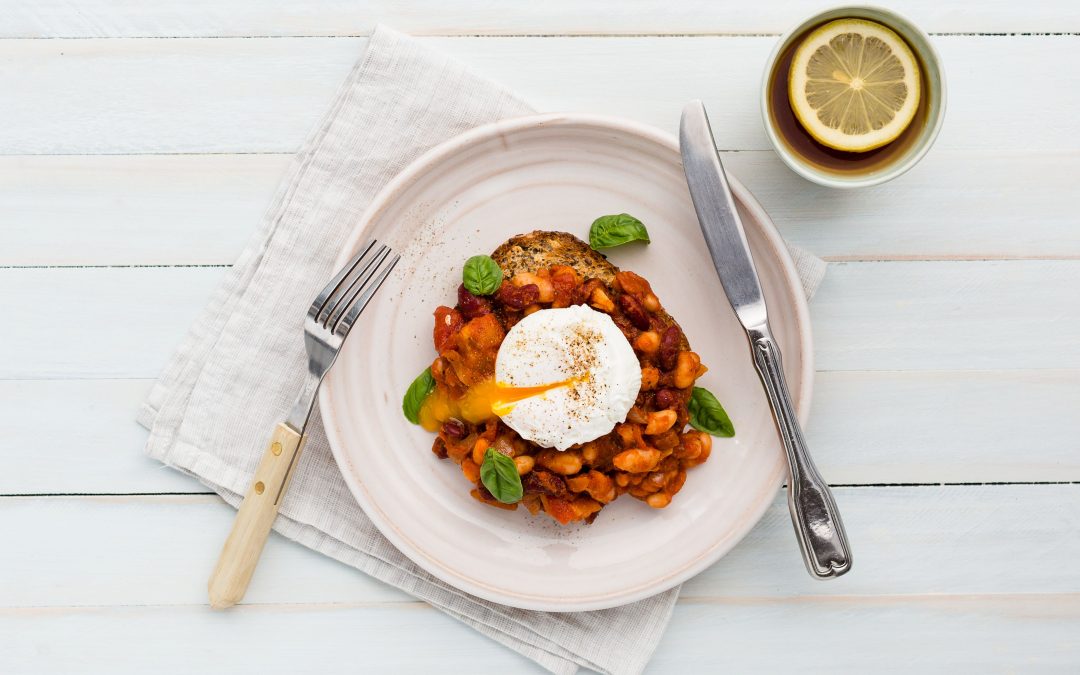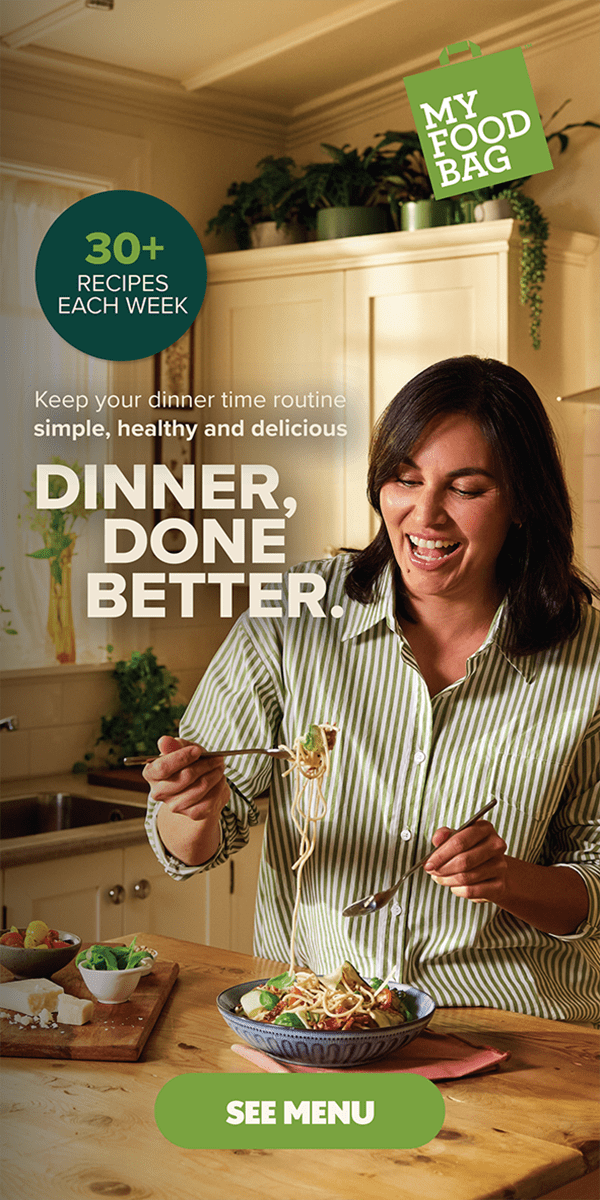If you’re looking to avoid artificial food colouring, look no further than your own pantry.

At My Food Bag, we’re all about colour! We think that the best plate of food is one that is bursting with colour and we can’t get enough of the naturally occurring hues that show up in seasonal, locally grown produce. While we steer clear of added artificial food dyes, it’s not always as easy to avoid them in the grocery store or at the bakery.
Adding colouring to food is not a new idea. It’s been going on for centuries and hardly shows any sign of slowing down now. Whether used to make food look more fun (we’re looking at you, beautiful birthday cake!) or to enhance naturally occurring colours, it’s everywhere.
In fact, you might not realise how prevalent it is: it could be in your pre-packaged bread, in that little dollop of wasabi sitting next to your sushi or even in your pickles! The majority of artificial food colourings are completely safe to consume but if you want to know exactly what is going into your meals, why not make your own?
As well as being completely natural, making your own food colouring is highly rewarding, fun and sustainable. Fruit and veg past their prime or previously wasted peels and skins are given one last lease of life before they head for the compost bin. Who knew that waste could be transformed into something so useful and beautiful, all at the same time?
Next time you think your baking could do with a little boost, raid the fridge or the back garden for a natural pigmentation pick-me-up. From the prettiest pastels to the most vibrant hues, here are some ideas for how to make your own natural food colouring:
If using raw fruit or vegetables (e.g. beetroot or strawberries), juice or grate them into a small bowl. Squeeze out the liquid, remove any pips and stir into your icing, cakes and cocktails. Start with a little juice and add more to reach your desired shade.
If using powder (e.g. matcha or turmeric), either stir it straight into your food, or mix with a small amount of liquid to form a paste. Then use as required. Be sure that powder has fully dissolved to ensure an even finish.
Red: beetroot (raw or powder), pomegranate
Pink: strawberries, raspberries
Orange: carrots
Yellow: turmeric (raw or powder), saffron
Green: spinach, matcha
Blue: red cabbage and baking soda (cook cabbage down and mix juice with baking soda)
Purple: blueberries

